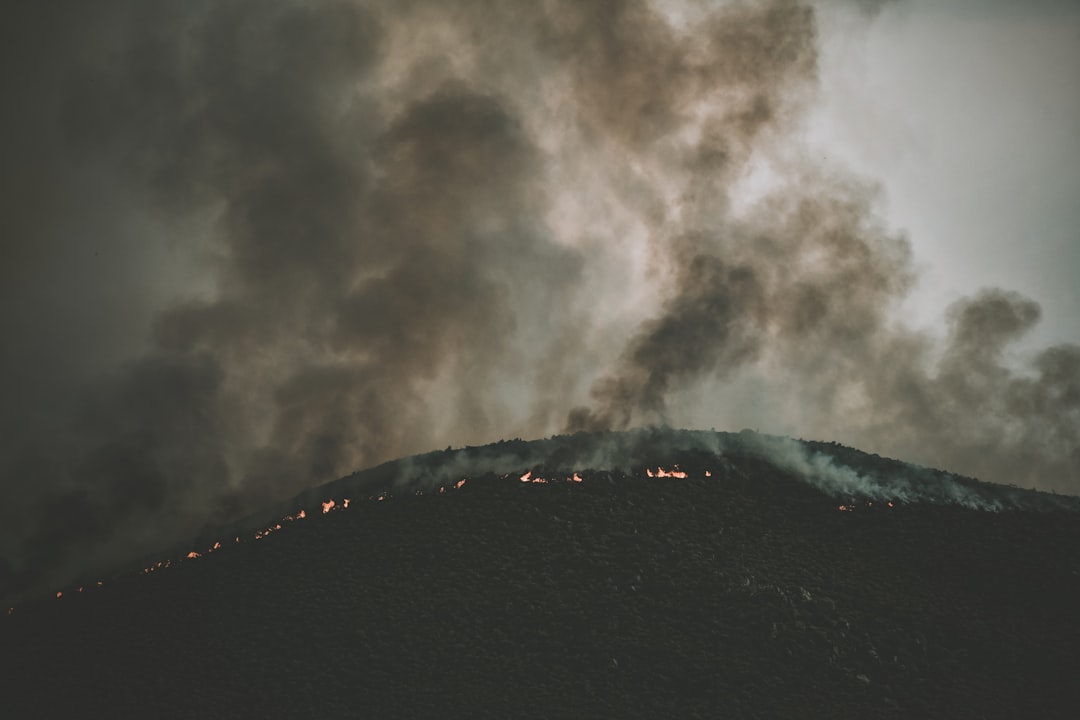
The smell of smoke, an orange glow on the horizon, and the frantic packing of personal belongings are visceral moments burned into the minds of people who have lived through wildfires. As wildfires grow in frequency and intensity due to climate change, there is a trail of physical and psychological devastation that lingers long after the flames are extinguished. The trauma of surviving a wildfire—losing one’s home, community, and even loved ones—is devastating.
The Unique Nature of Wildfire Trauma
Trauma is often associated with loss of safety, and wildfires encapsulate this experience in a terrifying way. Unlike other natural disasters, wildfires are often prolonged, with their outcomes hinging on unpredictable winds, dry conditions, and firefighting efforts. This erraticism fosters an unrelenting feeling of helplessness.
Research shows that exposure to natural disasters is linked to post-traumatic stress disorder (PTSD), depression, anxiety, and other psychological conditions (Felix et al., 2022). Wildfires in particular pose unique psychological risks because of their far-reaching impact:
- Rapid Loss and Displacement: Homes, communities, and personal belongings can be lost within minutes. Survivors often grieve not only tangible possessions but also the loss of familiarity and stability.
- Threat to Life and Safety: The immediate threat of injury or death, combined with the chaos of evacuation, leaves an indelible mark on the psyche.
- Environmental Degradation: Post-wildfire landscapes appear barren and desolate, evoking despair and existential anxiety.
- Long-Term Stressors: Rebuilding homes, navigating insurance claims, and coping with economic setbacks can prolong the trauma, creating what researchers call “chronic disaster distress” (Gibbs et al., 2016).
Trauma Symptoms After Wildfires
Trauma from wildfires can manifest in numerous ways, varying from person to person. Here are some of the most common psychological and physiological symptoms:
- Hyperarousal and Hypervigilance: Survivors may experience a heightened startle response, irritability, or difficulty sleeping, as their nervous systems remain on high alert.
- Intrusive Memories: Flashbacks, nightmares, or distressing thoughts about the wildfire are common in the weeks and months following the event.
- Avoidance Behaviors: Survivors may avoid places, conversations, or activities that remind them of the wildfire.
- Survivor’s Guilt: Some individuals feel guilt for surviving when others did not, or for being able to rebuild more quickly than neighbors or friends.
- Physical Symptoms: Chronic stress can exacerbate health conditions, leading to headaches, gastrointestinal issues, or cardiovascular problems (Yzermans et al., 2015).
Children are particularly vulnerable to wildfire trauma. Studies indicate that children may exhibit behavioral changes, regression, or increased attachment to caregivers after experiencing a wildfire (McDermott et al., 2014). Recognizing and addressing these symptoms early is crucial.
Healing from Wildfire Trauma
Recovery from wildfire trauma can feel onerous. While some individuals may find solace in their resilience, others benefit from professional intervention to rebuild their mental health. Below, we’ll discuss evidence-based approaches to healing.
1. Trauma-Informed Therapy
Therapies such as Cognitive Behavioral Therapy (CBT) and Eye Movement Desensitization and Reprocessing (EMDR) have shown effectiveness in treating trauma. For instance, CBT can help survivors reframe negative thought patterns and manage symptoms of anxiety or depression (Norris et al., 2002). EMDR, meanwhile, helps individuals process traumatic memories without becoming overwhelmed.
2. Community Support
Social support is one of the most significant predictors of recovery after a disaster. Survivors often benefit from connecting with others who have shared similar experiences. Community organizations, peer support groups, and online forums can foster a sense of belonging and shared healing.
3. Mind-Body Approaches
Trauma has a profound impact on the body. Practices such as yoga, mindfulness meditation, and breathwork can help regulate the nervous system and reduce stress. Emerging research highlights the benefits of mindfulness in improving emotional regulation and decreasing PTSD symptoms (Berceli & Napoli, 2021).
4. Ecological Restoration
For some, engaging in post-fire ecological recovery—such as replanting trees or participating in clean-up efforts—provides a sense of agency and meaning.
5. Addressing Long-Term Stress
In cases where survivors face prolonged stressors like financial instability or housing insecurity, practical interventions such as case management and legal advocacy are essential. Mental health professionals must work alongside community leaders and policymakers to address these systemic challenges.
Building Resilient Communities
The aftermath of a wildfire is not just an individual experience—it’s a communal one. Entire neighborhoods and towns are often affected, requiring collective recovery efforts. Communities can build resilience by:
- Developing Early Warning Systems: Enhancing preparedness reduces the sense of helplessness during wildfire seasons.
- Providing Accessible Mental Health Resources: Offering free or low-cost counseling services to affected individuals helps bridge gaps in care.
- Educating About Trauma Responses: Public education campaigns can normalize trauma symptoms and encourage survivors to seek help.
Conclusion
The trauma of wildfires endures long after the flames are extinguished, but recovery is possible with the right support and interventions. Whether through individual therapy, community initiatives, or ecological restoration, healing from wildfire trauma is a process. By understanding the psychological toll of these disasters, we can come together to create a more compassionate and trauma-informed world.
References
- Berceli, D., & Napoli, M. (2021). Trauma healing through mindfulness practices: A theoretical framework. Journal of Trauma & Resilience, 14(2), 45-58.
- Felix, E., Afifi, T., Asmundson, G., Willoughby, T., & Gagnon, C. (2022). Natural disaster exposure and psychological outcomes: A meta-analysis. Journal of Anxiety Disorders, 88, 102572.
- Gibbs, L., Bryant, R. A., Harms, L., Forbes, D., & Block, K. (2016). Beyond bushfires: Understanding the social and psychological impacts of natural disasters. Australian Journal of Emergency Management, 31(4), 20-25.
- McDermott, B. M., Lee, E. M., Judd, M., & Gibbon, P. (2014). Posttraumatic stress disorder and general psychopathology in children and adolescents following a wildfire disaster. Canadian Journal of Psychiatry, 59(3), 132-139.
- Yzermans, C. J., Donker, G. A., Kerssens, J. J., & Dekker, J. (2015). Natural disasters and physical health. Social Science & Medicine, 63(3), 791-800.



